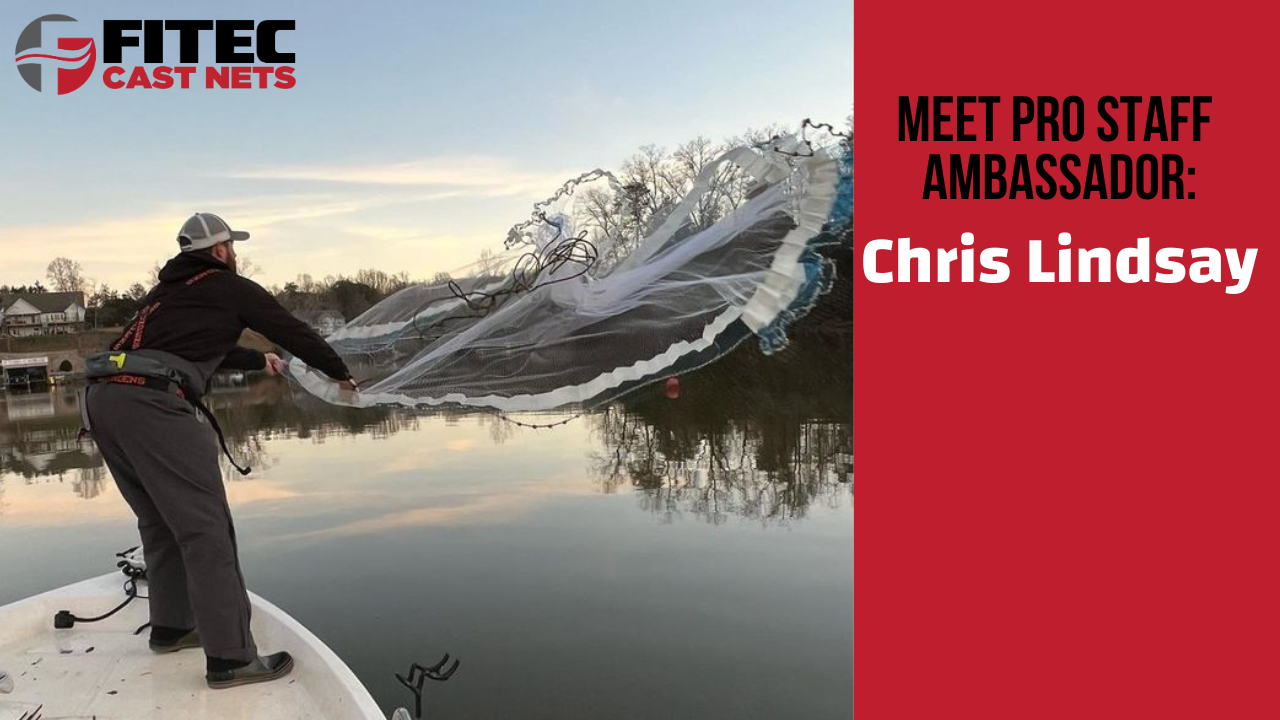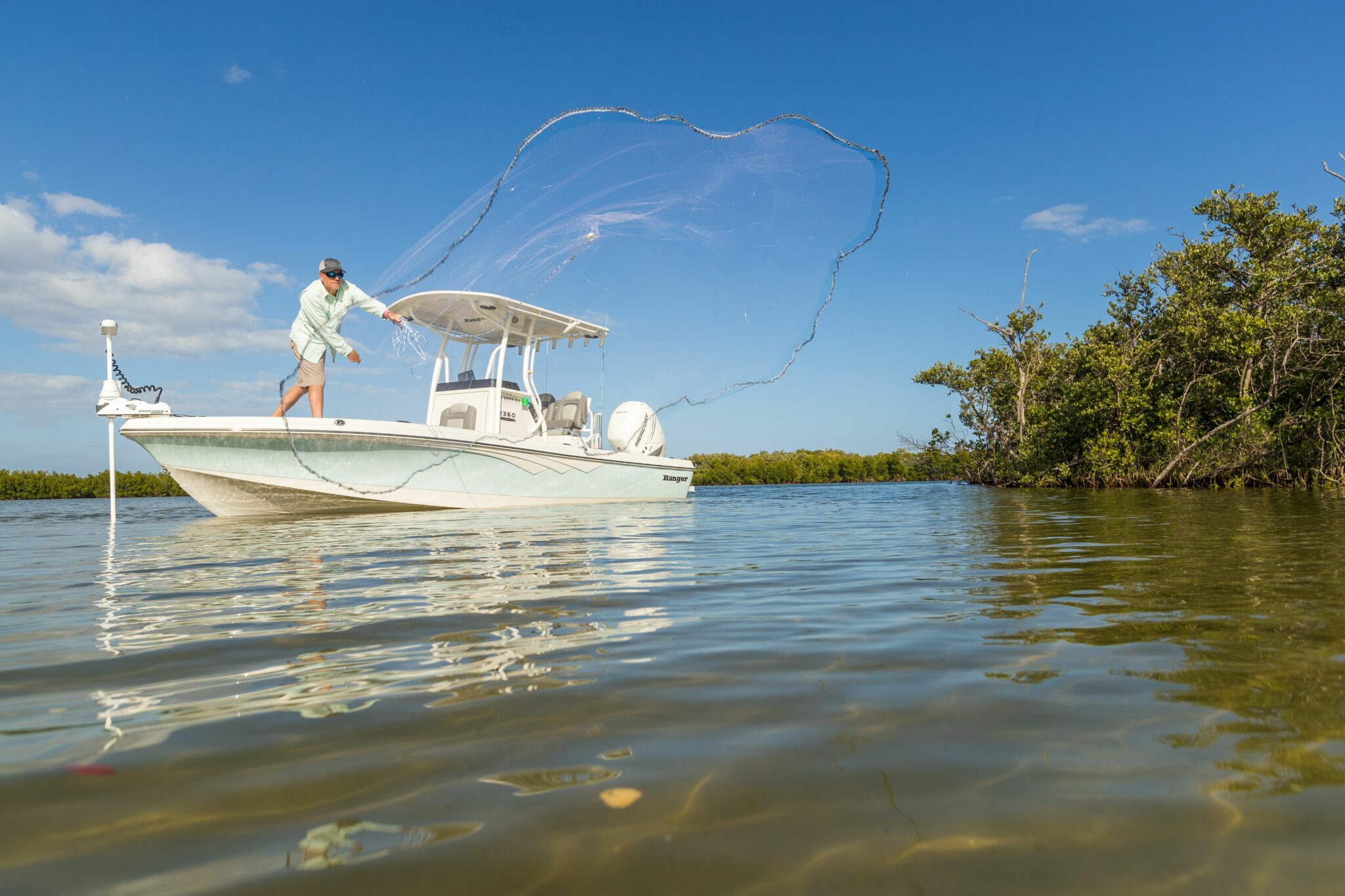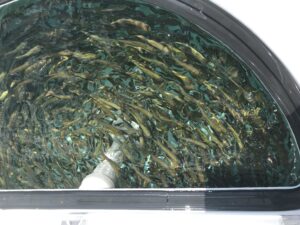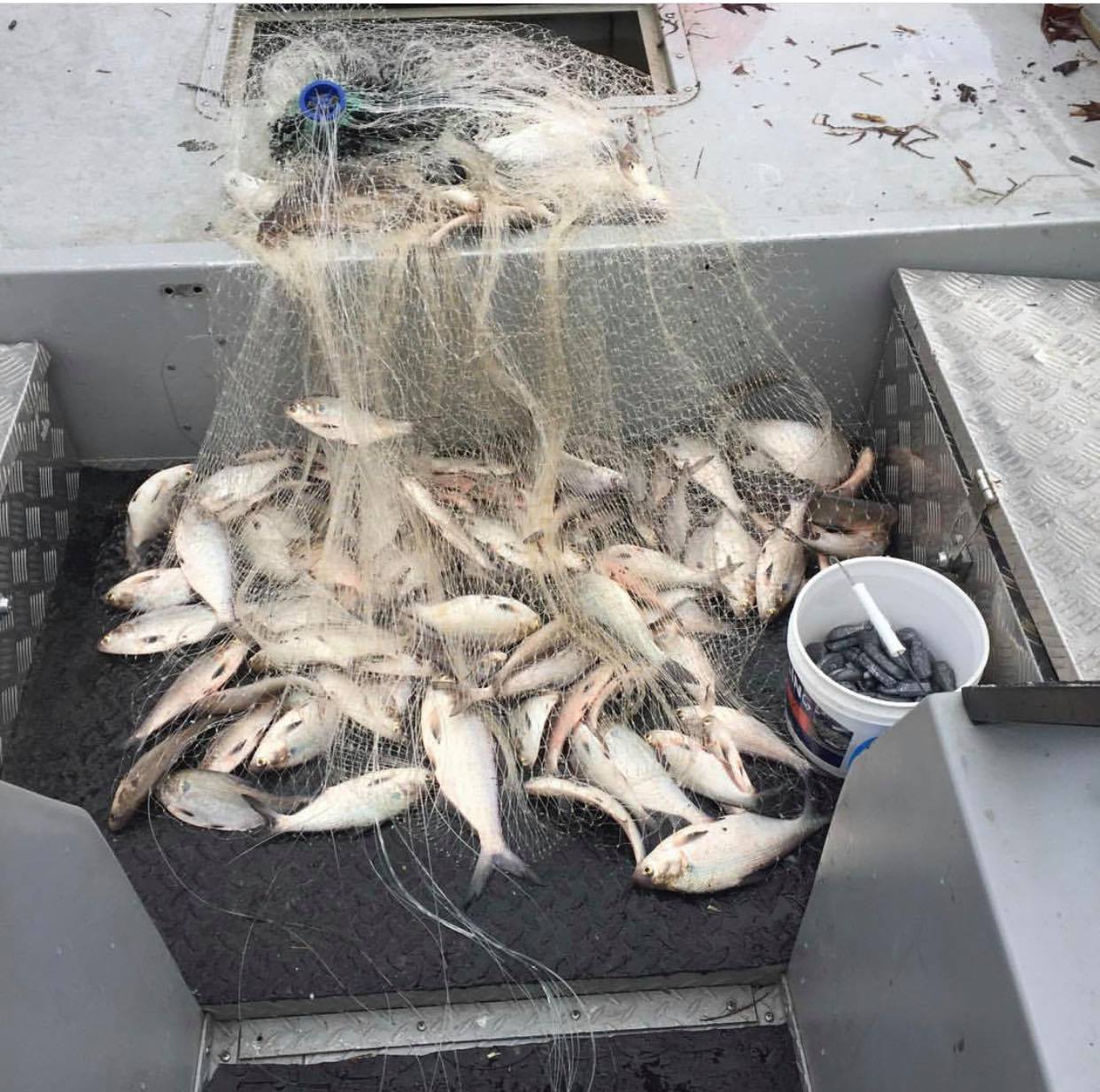
Ambassador Highlight: Chris Lindsay
- Post author:fitecwordpress
- Post published:June 19, 2024
- Post category:AMBASSADOR / BLOG
Fishing out of beautiful Smith Mountain Lake (SML) outside of Roanoke, Virginia, this is Chris’ fourth year on our Pro Staff team.
He works full-time with the University of Virginia in the recreation department managing facilities, but prioritizes time with his family to fish year round. With his wife, 8-year-old daughter, and 12-year-old (tournament champ!) son, they fish 4-5 tournaments each year, consistently finishing in the top ten. The Lindsay family also participates in several charity tournaments annually, benefitting veterans as well as the greater SML community.
We value Chris as a part of our team for his attention to detail, his commitment to family and community, and his passion for the sport of fishing. Keep reading below for more gear and strategy tips from Chris:
What types of fish do you focus on catching, and what types of bait do you need for them?
We fish live bait in all our tournaments and mainly target big gizzard shad for tournament fishing, 8-14” bait.
When not tournament fishing, I like to catch a mix of bait and sizes depending on the time of year. In the spring and fall, I catch bigger gizzard shad in a range of 6-14”
During the summer, the fish go deeper and I target threadfin, alewives and bluebacks in a range of 4-7”.
Live bait will catch all types of different fish. We have caught: striped bass, large mouth, small mouth, white and yellow perch, and catfish. Really hoping to hook into the elusive musky at SML.
What Fitec nets do you use and why?
Best all-purpose/all-around:
- The GS1000 and GS1500 series in 3/8” mesh in general, with weight and radius depending on your throwing ability. These are a good size for alewives, blue backs, thredfins. They’re good to use around light where bait is concentrated and using a larger mesh tends to result in a lot of gilled bait. That results in dead bait and a lot of time spent cleaning the net.
- GS1500, 10’ radius, 5/8” mesh – this is my go-to net. It handles bigger bait – 6” and up – and sinks fast to ensure a good catch rate. I’ve found it’s best for bait holding 0-18’ deep.
- GS1500, 8-10’ radius, 1/2” mesh – best all-around, I would go with the 10’ if I only had one net. Good for bait 0-18’ if it’s thicker and/or slower.
Best for big bait:
- GS1500 Mullet, 10’ radius, 1” mesh – this is for the biggest of gizzard shad. It sinks like a rock and I have found at times out-catches the tape nets on deep bait. Works good in the late fall and early spring with the water temps in the upper 40s – 50s when the bait is fast but hasn’t moved up shallow yet.
Best for winter/deep or slow bait/cold water:
- GS1500 Tape Net, 10’ radius, 5/8” mesh – for winter and deep bait. The net sinks a little faster than a 1 lb. per square foot when bait is still active and water temps are not really cold.
- GS1000 Tape Net, 10’ radius, 5/8” mesh – For cold temps and slow bait – good for when bait gets slow and holds deep but has a hard time out-running the net. A 1 lb. per sq ft will stay open longer.
What are your overall tips for throwing a cast net?
I use the dry, no-mouth method of throwing. I can throw up to a 10’ net with this style.
I like a few quick tugs once the net hits bottom to close it quickly. If using sonar and the bait is in say 20’ or deeper water depth but is holding at 10’ I like to snatch up the net once it gets to 12’ or so to keep the bait from running out the bottom on the way down. I like to drift just past my throw, so I am pulling the net up at a slight angle.
Any other gear you love and recommend?
• Legend fishing line by Fitec, got to have good fishing line at all times
• A good bait tank that is filtered, to keep bait as fresh as possible
• Hand towel. Live bait is slimy.
What are your pro tips for anyone getting started with fishing or looking to improve their game, especially when going for live bait?
• Learn your sonar and fully identify tress and underwater objects. Do not throw on them. Quick way to ruin a day and lose your net.
• If you do get hung – back the boat back over or circle back from the direction you threw and be patient. A lot of snags will come out.
• Carry a bag of small zip ties in the boat, you can patch holes quickly with them.
• Wear polarized glasses
• Get a network of fishermen that live-bait fish and share intel on where the bait is holding.
• Keep a logbook of water temp, weather conditions, where you are finding bait. Checking it year to year will give you good starting points.
• Practice throwing your net!
We’re so glad to have Chris on our Pro Staff team! To find Chris:
IG: @hisbounty
Facebook: HISBounty1



